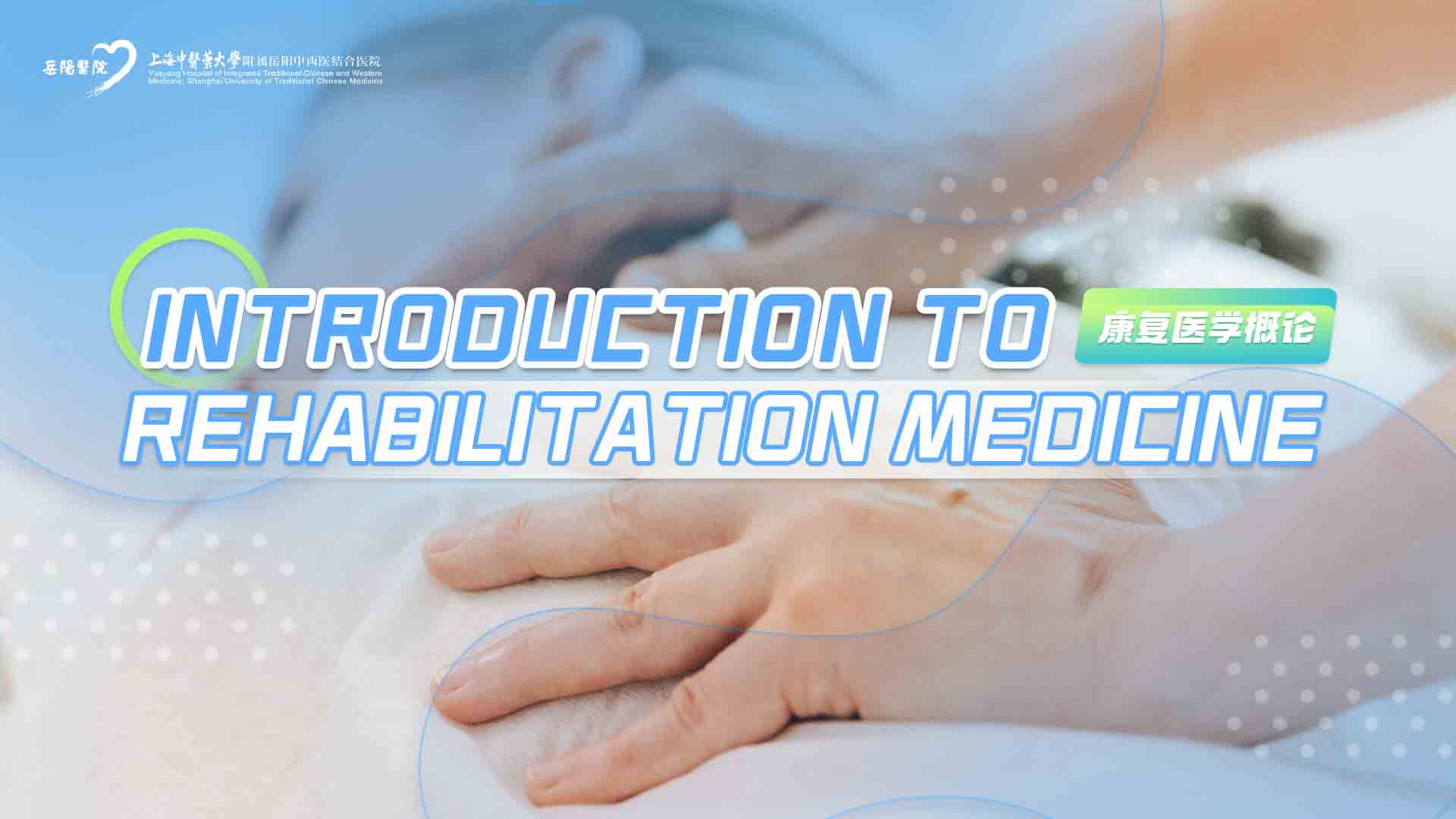第五章单元测试
- Which type of muscle tissue is responsible for voluntary functions in the body?( )
- Which type of muscle contraction involves maintaining a constant muscle length while generating force against a stationary object or immovable resistance?( )
- What movement involves the turning of a bone around its long axis?( )
- What is one suggested way to enhance neuroplasticity? ( )
- Which of the following is a characteristic of the first phase of neuroplasticity after brain injury? ( )
- Which neuroplasticity-enhancing intervention involves the use of a mirror to visually simulate movement in an affected limb? ( )
- What is the primary purpose of functional strength testing in rehabilitation? ( )
- What is a potential complication of immobility that arises from constant pressure on specific body areas, such as the heels or back, and can lead to tissue damage? ( )
- Which term describes the brain's capacity to change and reorganize its neural networks in response to experience, learning, or injury? ( )
- In massage therapy for an immobile patient, what is the recommended sequence for performing strokes to promote lymphatic drainage and improve circulation? ( )
A:Skeletal muscles B:Striated muscles C:Cardiac muscles D:Smooth muscles
答案:Skeletal muscles
A:Eccentric contraction B:Isokinetic contraction C:Isotonic contraction D:Isometric contraction
答案:Isometric contraction
A:Flexion B:Abduction C:Pronation D:Rotation
答案:Rotation
A:Avoiding challenging tasks B:Meditation practice C:Sedentary lifestyle D:Sleep deprivation
答案:Meditation practice
A:Recruitment of support cells B:Remodeling through axonal sprouting C:Formation of new connections D:Loss of certain cortical pathways
答案:Loss of certain cortical pathways
A:Deep brain stimulation (DBS) B:Transcranial magnetic stimulation (TMS) C:Constraint-induced movement therapy (CIMT) D:Mirror therapy
答案:Mirror therapy
A:To measure the absolute maximum force a muscle group can generate in a single repetition B:To quantify the amount of force a muscle can produce while maintaining a constant joint velocity C:To evaluate an individual's ability to perform everyday tasks and activities specific to their occupation or hobbies D:To assess the ability of a muscle to contract against resistance while the joint remains immobile
答案:To evaluate an individual's ability to perform everyday tasks and activities specific to their occupation or hobbies
A:Joint instability B:Pressure sores (bedsores) C:Muscle spasm D:Adhesive capsulitis
答案:Pressure sores (bedsores)
A:Neural degeneration B:Neuroplasticity C:Synaptic transmission D:Axonogenesis
答案:Neuroplasticity
A:Initiating at the distal end and gradually progressing towards the proximal region B:Alternating between proximal and distal areas without a specific direction C:Focusing solely on the joints, neglecting the surrounding muscles D:Starting from the most proximal part of the limb and working towards the distal end
答案:Initiating at the distal end and gradually progressing towards the proximal region
